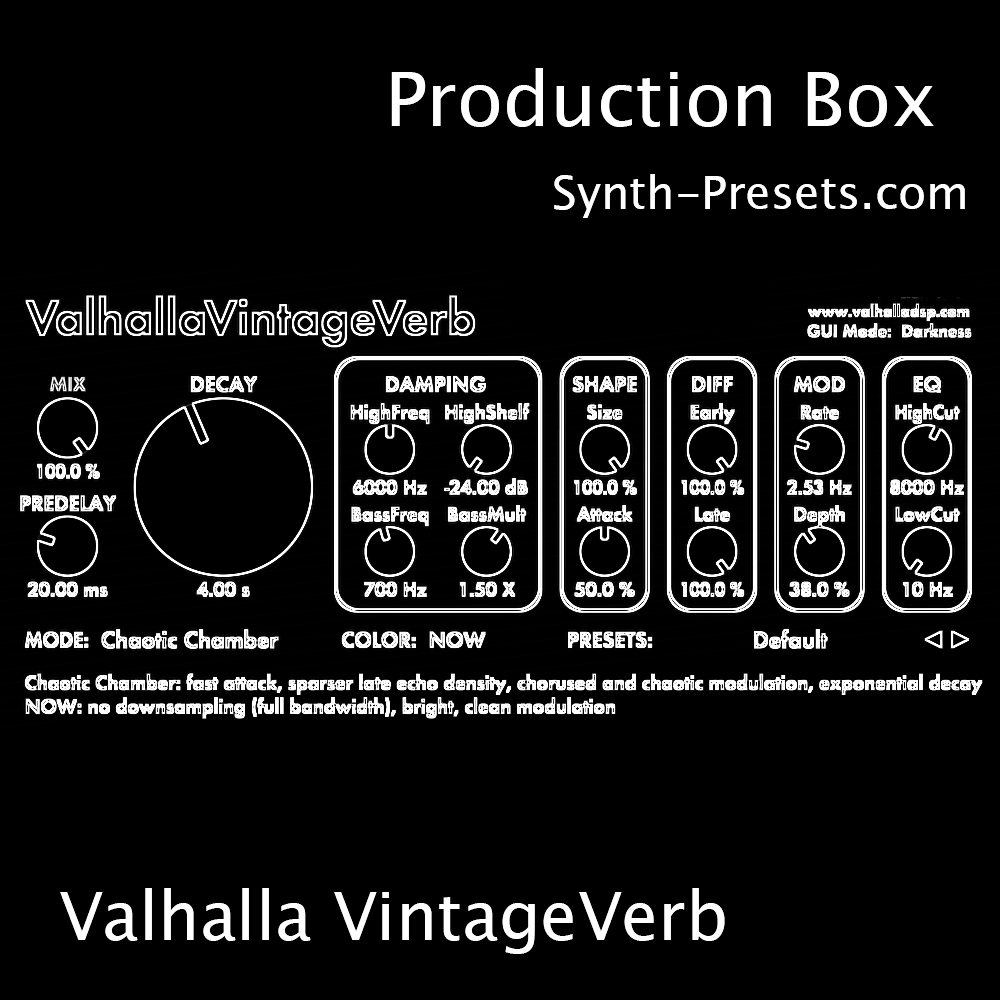


The thickness of the reverb is constrained by the Early and Late Diffusion settings, with more significant levels giving that trademark overwhelming ValhallaDSP surface.

Coupled to this, the Attack setting decides to what extent it takes for the reverb to kick in, working consequently in all modes with the exception of Ambience and Sanctuary, where it controls the level or equalization of the early reflections. The Size dial sets the room size, obviously, assisting with accomplishing anything from a striking, forthright solid to a less characterized, increasingly extensive resonation. This straightforward choice to have the Color as a different alternative, instead of building it into the reverb calculations themselves, brings about an amazing degree of sonic adaptability without giving up effortlessness and usability. These utilization adjustment forming and inside downsampling to imitate three unique ‘times’: 1970s gives a grungy, lo-fi surface, 1980s advances the quality up to some degree yet at the same time sounds quite lumpy, and Now gives you the present clean as a whistle sound – see Vintage lord for additional. Where VintageVerb crack truly leaves from ValhallaDSP’s leader ValhallaRoom reverb is in its three Color modes. All high quality very well in the blend, yet our most loved is the Chamber calculation, with its perfectly smooth yet thick surface – a mix that a ton of reverb VST plugins don’t exactly figure out how to pull off. At its heart are nine for the most part Lexicon-motivated reverb calculations to look over, covering the typical exhibit of lobbies, plates, rooms and spaces, just as a couple of progressively recondite structures. ValhallaDSP’s most recent VST plugin, VintageVerb crack (VST/AU/RTAS), is a nostalgic interpretation of the inquisitively dried up equipment reverbs of days of old.


 0 kommentar(er)
0 kommentar(er)
